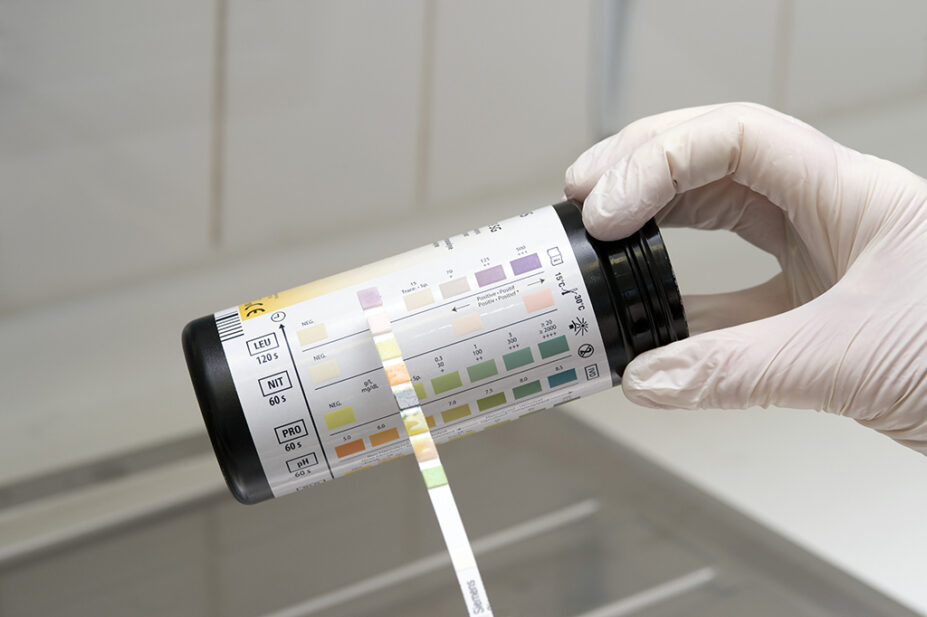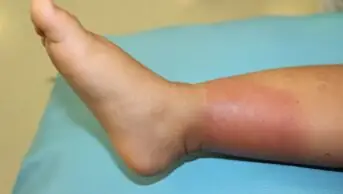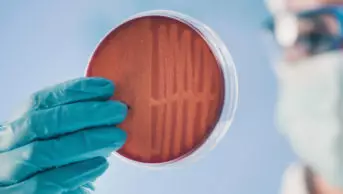
DR P. MARAZZI/SCIENCE PHOTO LIBRARY
Symptomatic women aged under 65 years with a urinary tract infection (UTI) can be diagnosed without a dipstick test, according to an updated quality standard from the National Institute for Health and Care Excellence (NICE).
The updated standard, published on 15 February 2023, gives new advice that women aged under 65 years are diagnosed with a UTI if they have two or more key urinary symptoms and no other excluding causes or warning signs.
Other new recommendations also include advice that non-pregnant women with an uncomplicated lower UTI should be prescribed a three-day course of antibiotics, and men and pregnant women with an uncomplicated lower UTI should be prescribed a seven-day course of antibiotics.
Men with a recurrent UTI, and women with a recurrent lower UTI where the cause is unknown or a recurrent upper UTI, should be referred for specialist advice.
Key diagnostic indicators of UTI include dysuria, increased frequency of urination at night and cloudy urine. However, prescribers should first ask about symptoms or signs that could indicate a non-urinary cause, such as vaginal discharge or irritation, according to a quick reference guide to diagnosis, produced for primary care by Public Health England and endorsed by NICE for implementing the standard. Prescribers should also check for signs of sepsis or pyelonephritis.
Reference to needing a positive dipstick test result was removed from the draft standard update following a consultation in 2022, where respondents questioned the accuracy or necessity of the tests. Some respondents said including a requirement for dipstick testing would affect the practicality of the standard, especially for pharmacists who are not set up to process urine samples.
Paul Chrisp, director of the Centre for Guidelines at NICE, said: “This quality standard sets out useful and usable guidance for health professionals to improve the diagnosis and management of UTIs in both women and men while also setting a clear treatment pathway for people with a recurrent UTI who are at higher risk of complications.
“The standard will also help ensure that people are not misdiagnosed. By setting out clear methods for the diagnosis of UTIs, it will help limit the prescription of unnecessary antibiotics which may increase antimicrobial resistance to certain treatments.”
The updated guidance replaces an earlier quality standard published in 2015.


